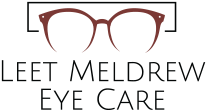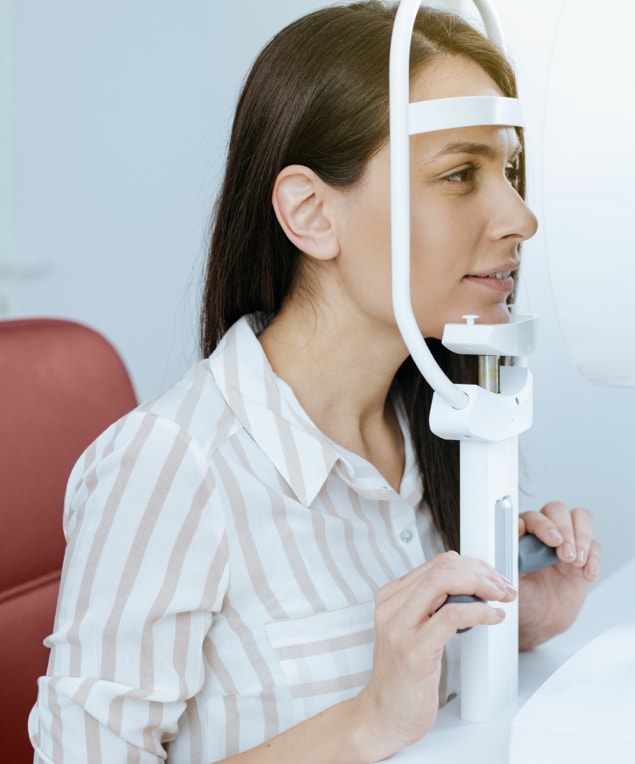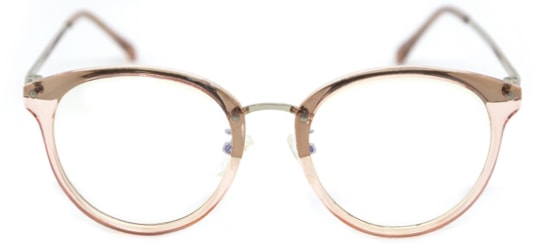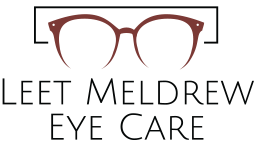Symptoms of Glaucoma
Glaucoma often progresses slowly and with no symptoms during its early stages, making it especially dangerous if you’re not regularly having eye exams. Once you notice symptoms, the disease is in its advanced stages and has likely caused significant damage.
There are many types of glaucoma, each presenting with its own range of symptoms.
Common symptoms of open-angle glaucoma include
- Patchy blind spots in peripheral or central vision, often in both eyes
- Tunnel vision in the advanced stages
Acute angle-closure glaucoma is a medical emergency and presents with extreme and sudden symptoms, including:
- Severe headache
- Eye pain
- Nausea and vomiting
- Blurred vision
- Halos around lights
- Eye redness
















